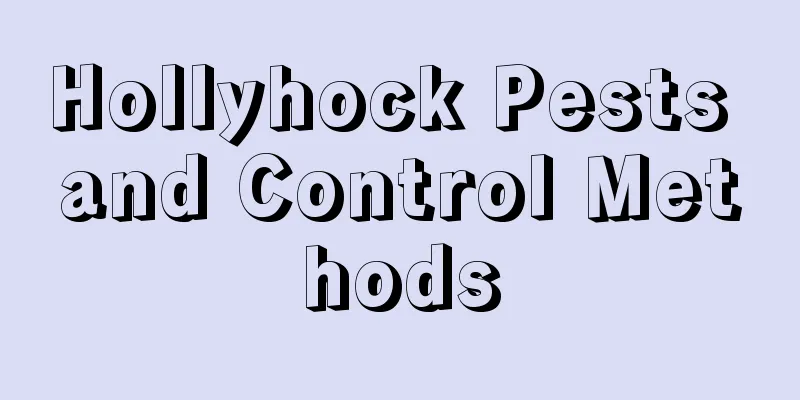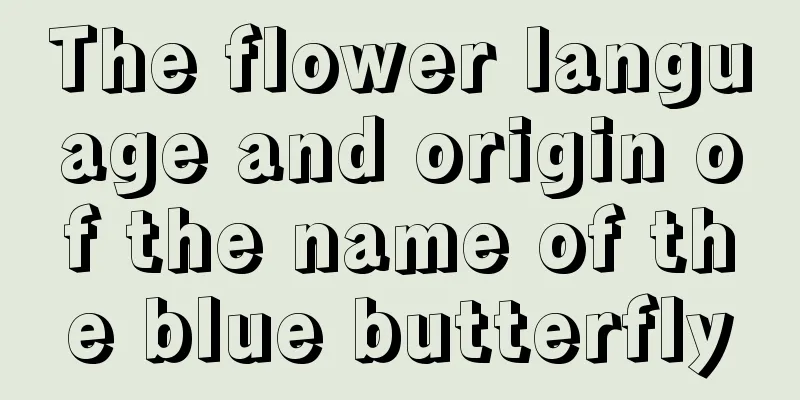Hollyhock Pests and Control Methods

Hollyhock Pests: Red Spider MitessymptomAlso known as cotton red spider, commonly known as big spider, big dragon, sand dragon, etc., the scientific name is spider mite, and the main species in my country is cinnabarin spider mite. This insect likes high temperature and dry environment. Therefore, under high temperature and dry climatic conditions, it reproduces rapidly and causes serious damage. The insects often gather on the back of the leaves and spin silk webs to cause damage. Individual red spider mites are very small, less than one millimeter, so they are not easy to be found. Once they are discovered causing damage, the hollyhock is often already seriously damaged. Red spider mites attack plants by piercing their mouthparts into the leaves to suck juice, which destroys the chlorophyll and causes the leaves to turn grayish yellow or develop spots. Later, the leaves turn yellow and fall off. In severe cases, the entire plant will lose all its leaves. Prevention and treatment methodsWhen the disease occurs seriously, use 7000 to 9000 times diluted 1.8% avermectin emulsifiable concentrate to spray evenly for prevention and control; or use 2500 to 3000 times diluted 15% cypermethrin emulsifiable concentrate to achieve good prevention and control effects. But be careful not to use dichlorvos to remove it, because dichlorvos can stimulate the proliferation of red spider mites. Also, do not use pyrethroid pesticides, as they are ineffective in preventing and controlling red spider mites. Hollyhock Pests: Cotton Leaf RollersymptomThere are three generations a year in Liaoning, four generations in the Yellow River Basin, 4-5 generations in the Yangtze River Basin, and 5-6 generations in South China. The last-instar larvae overwinter in fallen leaves, bark cracks, holes in tree stumps, and at the roots of weeds in the field. It occurs more frequently in densely growing areas and in rainy years, and the adults are phototactic. The cotton leaf roller will eat the leaves of hollyhock, causing the plant to grow weak and die in severe cases. Prevention and treatment methodsWhen you find larvae rolling up leaves and forming bags, pinch the bags and kill the insects. When found, spray 500 to 700 times diluted Bt wettable powder with a content of 16000 IU/mg, or 1500 to 2000 times diluted 25% carbendazim suspension, or 1500 to 2000 times diluted 20% mifensulfuron suspension, etc. |
<<: Diseases and Pests of Daxuesu and Their Control
>>: Common Pests of Snapdragon and Their Control Methods
Recommend
A complete guide to grapevine diseases
Grapes are a very popular fruit . The southern re...
What kind of crop is cabbage? What family of plants does it belong to?
What kind of crop is cabbage Cabbage, also known ...
Plant these climbing plants on your balcony and it will turn into a castle in minutes!
Clematis The flower language of Clematis also has...
"Mimosa" gets shy when touched, which is very interesting. Experts tell you: Don't touch it casually, the leaves are poisonous
I remember that when I was in elementary school, ...
How to plant chrysanthemum
1. Soil When planting chrysanthemums, you must fi...
Things picked up from the trash can can be used to grow flowers for 10 years without root rot
Clivia Nutshell The leftover melon seed shells, p...
Maple tree growth environment and local conditions
Maple Tree Growth Environment and Conditions Mapl...
Cultivation methods and precautions of hydroponic Monstera
1. Change water regularly During the hydroponic c...
Diseases and control measures of Gardenia jasminoides
Gardenia jasminoides yellowing symptom The leaves...
Four seasons cultivation method of rat tail palm
Rat's tail palm cultivation in spring When it...
How to make Tillandsia bloom on New Year's Day
Actual flowering period Under normal circumstance...
Cultivation methods and precautions of Chinese roses
Roses are relatively easy to grow. When caring fo...
How to plant bulb seeds
1. Soil requirements for seed planting Bulbs do n...
Tutorial on growing jackfruit seeds in pots
1. Select seeds Before planting in potted plants,...
How many years does seabuckthorn bear fruit?
Introduction to Seabuckthorn Planting Sea bucktho...









